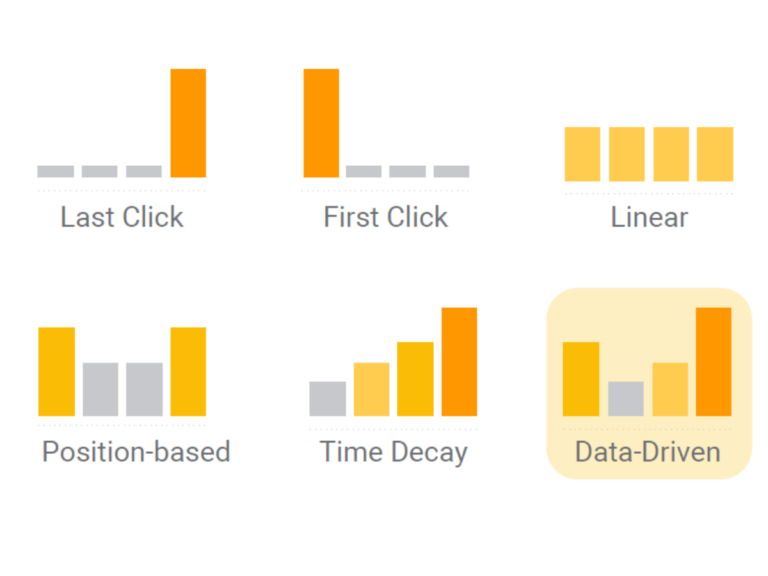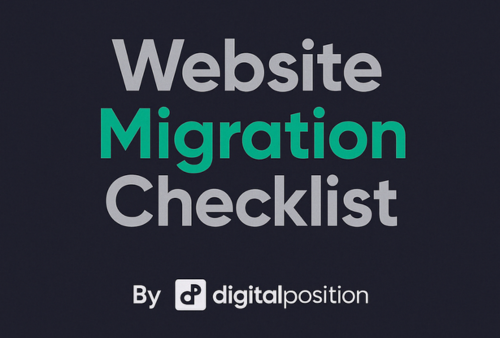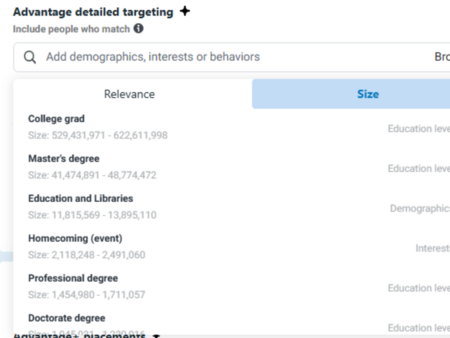There’s been a lot of noise around tariffs lately. Headlines make it sound apocalyptic: rising costs, tighter margins, unpredictable supply chains. But while the internet’s panicking, our clients aren’t.
They’re pivoting. They’re playing the game smarter. And they’re still winning.
We’ve seen brands make quick, creative moves to keep costs in check and ad performance on track, even as rates rise. If you’re feeling the pressure, you’re not alone. But you’re definitely not stuck.
Just like a football game played in the rain, conditions aren’t ideal, but the game doesn’t stop. Someone still wins. You just need to tweak the playbook.
Here’s a number of ways to help you reduce the tariffs when they hit.
How Brands Are Reducing Tariffs Without Losing Ground
Here’s what we’re seeing work right now across our client base:
Sourcing from Lower-Tariff Regions
Not all sourcing countries are hit equally. One of the easiest wins? Switching textile imports from Vietnam (46% tariff) to India (26%). That’s a huge margin shift.
- Swapping from Vietnam (46%) to India (26%) for textiles is already driving down landed costs for several clients.
- Running test orders with new suppliers before shifting volume to avoid supply chain surprises.
- Building sourcing flexibility into contracts to move quickly if tariff rules change.
- Leaning on government trade data and tariff trackers to find the best country-specific advantages.
We’re not talking about rebuilding the whole supply chain—just moving a few chess pieces that can have a big impact.
Negotiating with Manufacturers
This one’s not talked about enough: you have more leverage than you think. Manufacturers want to keep your business, and many would rather take a margin hit than lose the account. The key is asking.
- Pushing for temporary discounts or tariff cost splits (50/50 is common).
- Locking in pricing now with multi-month agreements to shield from short-term volatility.
- Bringing the numbers to the table, some manufacturers don’t even realize how much tariffs are eating into your margin.
If you haven’t had this conversation yet, you’re likely leaving money on the table.
Switching Distributors or Shifting Volume
If you’ve got more than one distributor, there’s probably opportunity hiding in plain sight. The key is looking at total landed cost, not just per-unit pricing.
- Moving partial volume to distributors with better tariffs, freight terms, or warehousing locations.
- Comparing total landed cost by region instead of defaulting to the lowest per-unit price.
- Running small volume tests with new 3PLs or fulfillment partners to explore options without disrupting ops.
We’ve seen this work firsthand with brands like Dooney & Bourke, who’ve already started splitting shipments for better profitability.
A/B Testing Pricing with Intelligems
You don’t need to guess what a price change will do to conversion. Tools like Intelligems help clients test changes safely, and get real data before going all-in.
- A/B testing price increases with small audiences to find the breaking point.
- Offering tiered incentives (e.g., “Buy 2, get the old price”) to keep AOV up without scaring off buyers.
- Testing bundle pricing and shipping thresholds to offset perceived cost increases.
- Reviewing results weekly to make fast, confident moves instead of waiting for trouble to hit.
Price testing gives you agility without the risk, and it’s one of the smartest moves you can make right now.
Creating Urgency Around the Moment
Some brands are flipping the script and using tariffs to drive urgency in their messaging. Rather than hiding price increases, they’re getting in front of it, and it’s working.
- “Buy now before prices go up”
- “Lock in pre-tariff pricing today”
- “Order now, next shipment may see higher costs”
This approach builds short-term conversion spikes and long-term trust. Customers appreciate transparency, especially when it feels like everything else is a surprise.
Pushing High-Margin Products
The way a product is categorized can change the tariff rate it falls under. Smart brands are digging into their HS codes and getting creative.
- Bundling items together to form new SKUs that fall into lower tariff categories.
- Reclassifying existing products with help from freight or customs partners.
- Checking that new bundles still hit target AOVs and margin thresholds.
- Making sure any changes are clearly communicated to fulfillment and marketing teams.
This isn’t a loophole, it’s about understanding how your products are treated and optimizing accordingly.
Highlighting “Made in the USA”
Products made in the U.S. aren’t subject to tariffs. If you’ve got them, now is the time to make that loud and clear.
- Adding “Made in the USA” callouts on PDPs, landing pages, and collection pages.
- Using it as a hook in paid social and search ads.
- Calling it out in email flows, SMS, and promotional banners for specific products.
- Creating a dedicated collection or filter for U.S.-made items to let customers shop tariff-free.
This messaging is resonating big right now, and it’s one more edge you can own.
Bundling or Reclassifying SKUs
The way a product is categorized can change the tariff rate it falls under. Smart brands are digging into their HS codes and getting creative.
- Bundling items together to form new SKUs that fall into lower tariff categories.
- Reclassifying existing products with help from freight or customs partners.
- Checking that new bundles still hit target AOVs and margin thresholds.
- Making sure any changes are clearly communicated to fulfillment and marketing teams.
This isn’t a loophole, it’s about understanding how your products are treated and optimizing accordingly.
Why This Matters for You
We’re not a logistics company, but we’re still in this game. As marketers, we can:
- Bid to profitability. Every dollar counts more than ever, and your paid media needs to reflect that.
- Run on a MER model, not just ROAS. With product costs moving, full-funnel efficiency is non-negotiable.
- Get sharper with your messaging. Personalization, buyer personas, and better ad creative matter more now. This pressure is making all of us do better marketing—and that’s a good thing.
Apple’s already showing us the play. They saw the shift and leaned in, pulling forward sales to beat the market. They’re not waiting, they’re adapting.
Tariffs aren’t great, but they don’t have to crush your business either. Our clients are making smart, fast changes, and it’s working.
If you’re unsure how to pivot or what levers to pull, we’ve got you. Let’s talk strategy. We’ll help you cut waste, boost margin, and keep your brand moving forward, rain, snow, or sunshine.





no replies